Description
Cefixime: A Common Antibiotic for a Range of Bacterial Infections
Cefixime is a widely used cephalosporin antibiotic belonging to the third generation. It’s a powerful medication primarily prescribed to combat a variety of bacterial infections. This article will delve into what cefixime is, how it works, the conditions it treats, potential side effects, and important considerations for its safe and effective use.
What is Cefixime?
Cefixime is an oral antibiotic that falls under the cephalosporin class. These antibiotics are known for their broad-spectrum activity, meaning they are effective against a wide range of bacteria. It’s available in various forms, including tablets, capsules, and suspensions, allowing for flexibility in administration based on patient needs, particularly for children.
How Does Cefixime Work?
Cefixime works by inhibiting the synthesis of the bacterial cell wall. Bacteria require a rigid cell wall for protection and survival. Cefixime targets specific enzymes, known as penicillin-binding proteins (PBPs), that are crucial for building this wall. By interfering with this process, the bacterial cell wall weakens, eventually leading to cell lysis (rupture) and bacterial death.
What Conditions Does Cefixime Treat?
Cefixime is commonly prescribed for a variety of bacterial infections, including:
- Respiratory Tract Infections: This includes bronchitis, pneumonia (certain types), pharyngitis (sore throat), and tonsillitis, caused by susceptible bacteria.
- Urinary Tract Infections (UTIs): Cefixime can be effective against UTIs, especially those caused by common bacteria like E. coli.
- Gonorrhea: Cefixime is a common treatment for gonorrhea, a sexually transmitted infection.
- Otitis Media (Middle Ear Infection): In children, cefixime can be used to treat certain types of middle ear infections.
It’s crucial to remember that cefixime is only effective against bacterial infections. It will not work against viral infections like the common cold or flu.
Potential Side Effects:
Like all medications, cefixime can cause side effects, although not everyone experiences them. Common side effects are usually mild and temporary, and may include:
- Gastrointestinal Issues: Nausea, vomiting, diarrhea, abdominal pain, and indigestion are among the most common side effects.
- Headache: Some individuals may experience headaches while taking cefixime.
- Dizziness: Dizziness is a less common side effect but can occur.
- Allergic Reactions: In rare cases, cefixime can cause allergic reactions. Symptoms can range from mild skin rashes and itching to severe reactions like anaphylaxis, which requires immediate medical attention. Signs of an allergic reaction include hives, difficulty breathing, swelling of the face, lips, or tongue.
Important Considerations:
- Dosage and Duration: Always take cefixime exactly as prescribed by your doctor. Do not stop taking the medication even if you start feeling better, as this can lead to antibiotic resistance. Completing the full course of treatment ensures that the bacteria are completely eradicated.
- Drug Interactions: Cefixime can interact with other medications. It’s essential to inform your doctor about all the medications you are currently taking, including over-the-counter drugs and herbal supplements, to avoid potential drug interactions.
- Medical History: Before taking cefixime, inform your doctor about any existing medical conditions, especially kidney disease, liver disease, or allergies to penicillin or other cephalosporin antibiotics.
- Pregnancy and Breastfeeding: If you are pregnant or breastfeeding, discuss the risks and benefits of taking cefixime with your doctor.
- Antibiotic Resistance: Overuse and misuse of antibiotics can contribute to antibiotic resistance, making infections harder to treat. It’s crucial to use antibiotics only when necessary and as prescribed by a healthcare professional.
Conclusion:
Cefixime is a valuable antibiotic for treating a range of bacterial infections. By understanding how it works, the conditions it treats, potential side effects, and important considerations for its use, patients can take cefixime safely and effectively, contributing to better health outcomes. Always consult with a healthcare professional for diagnosis and treatment of any infection. Self-treating with antibiotics can be dangerous and contribute to antibiotic resistance.




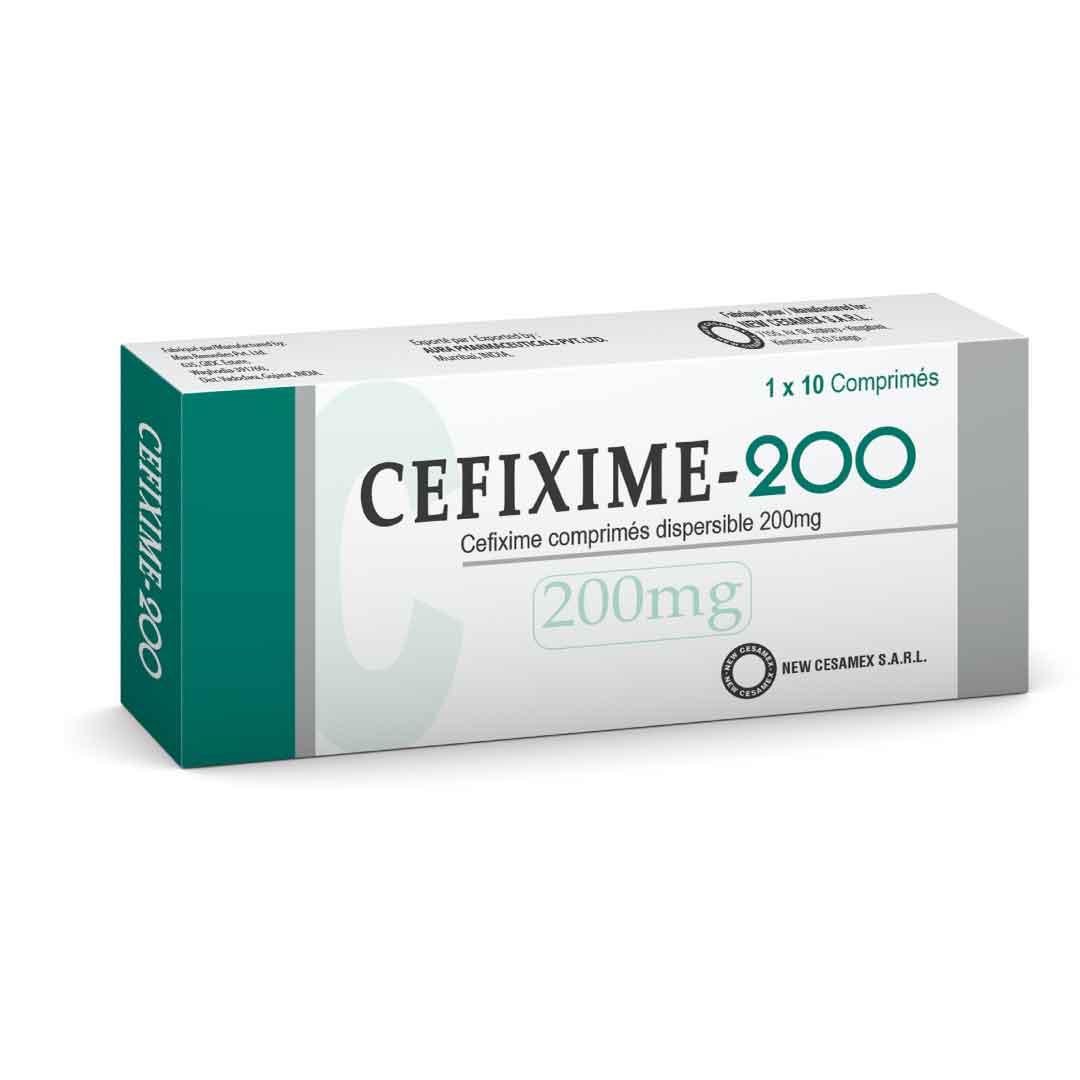
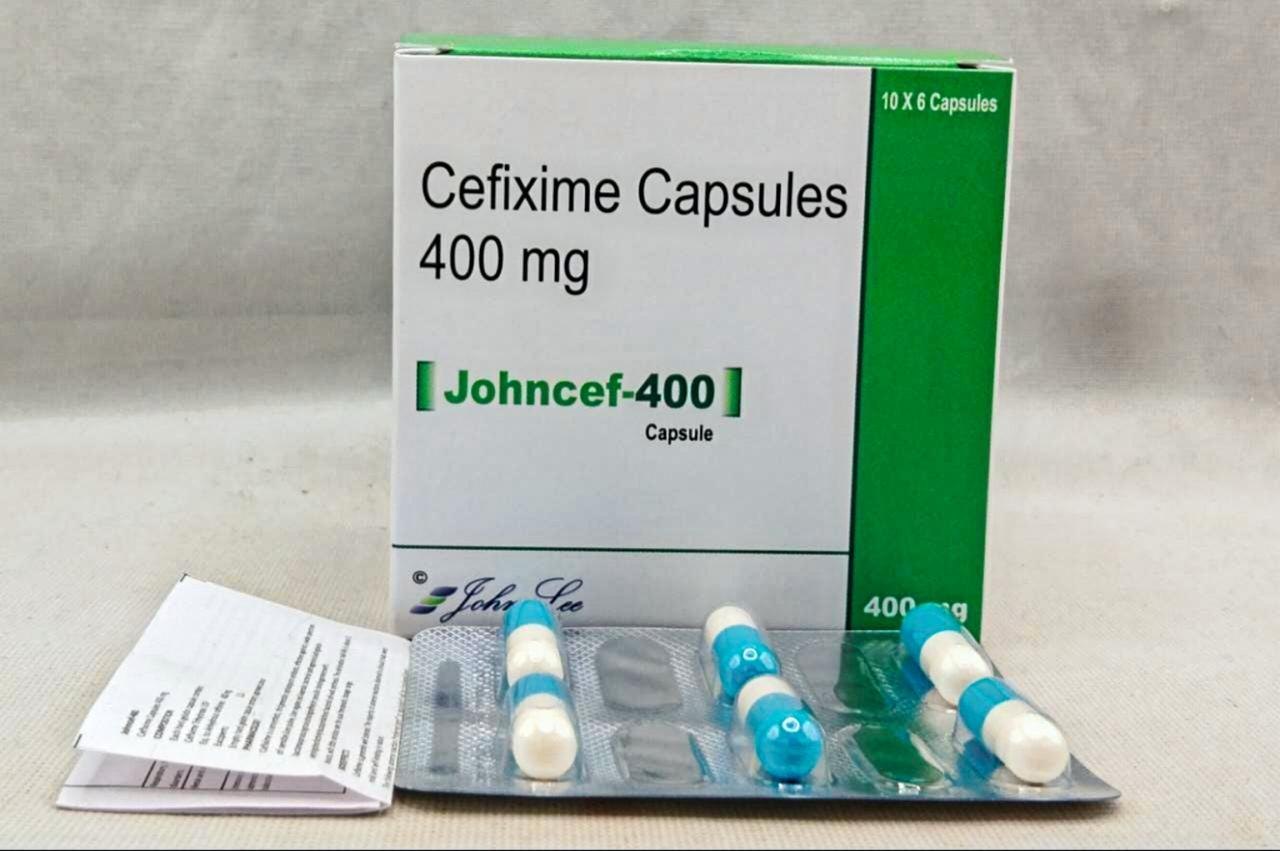


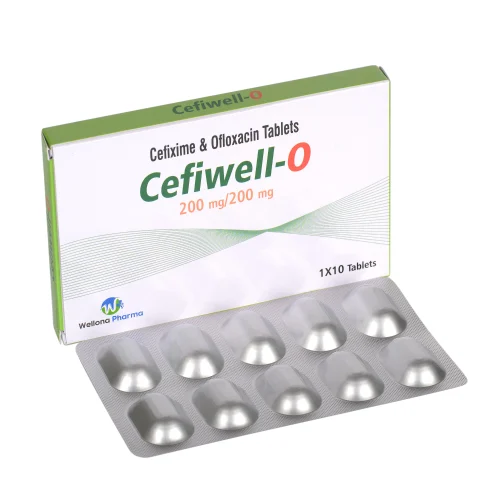
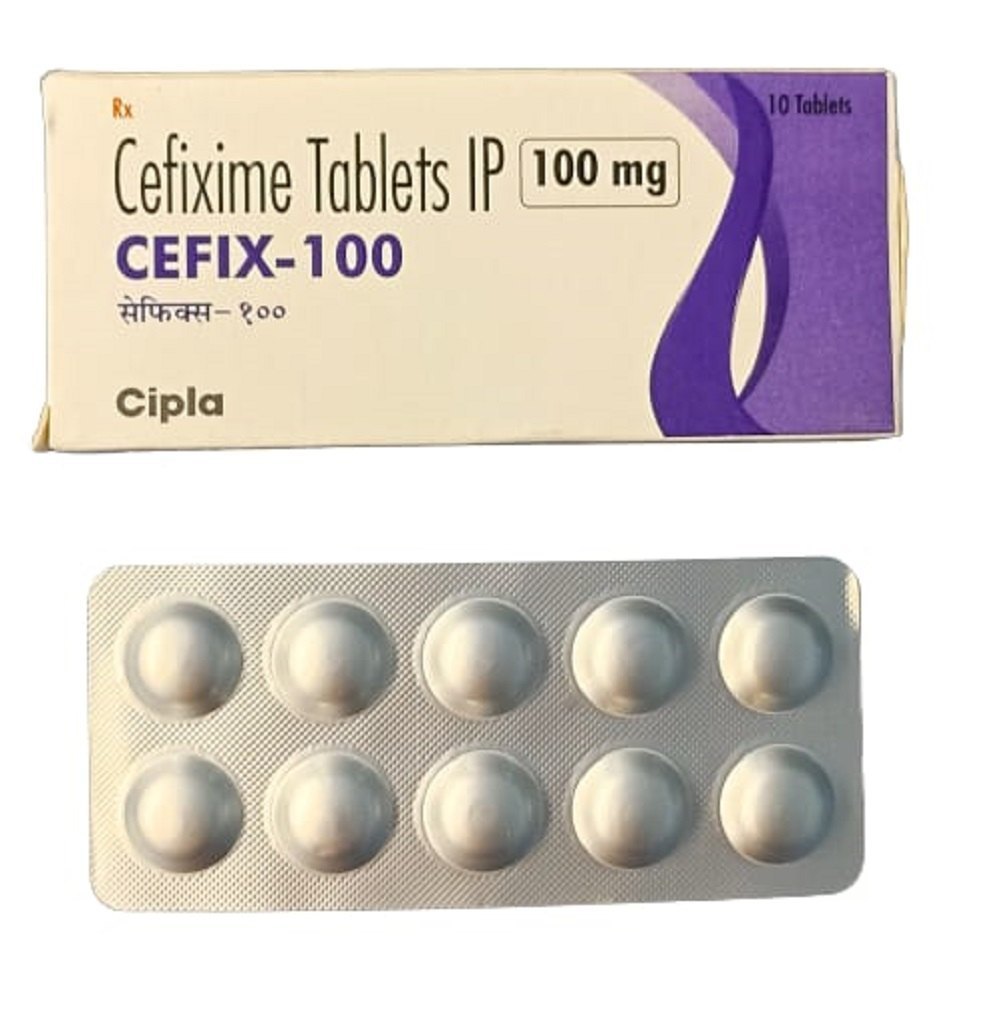


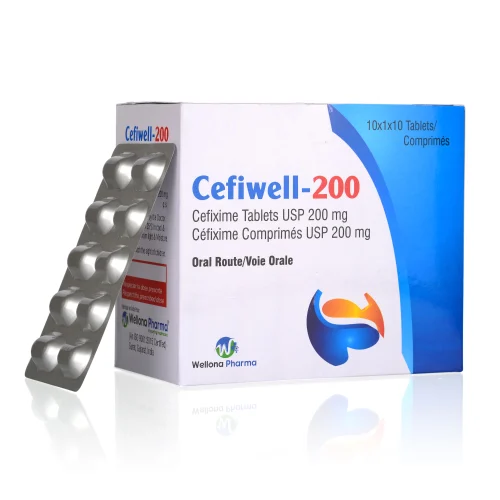

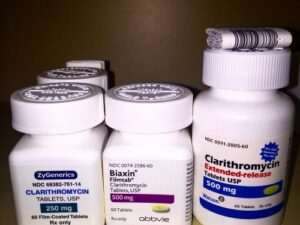
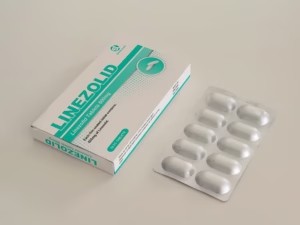

Reviews
There are no reviews yet.